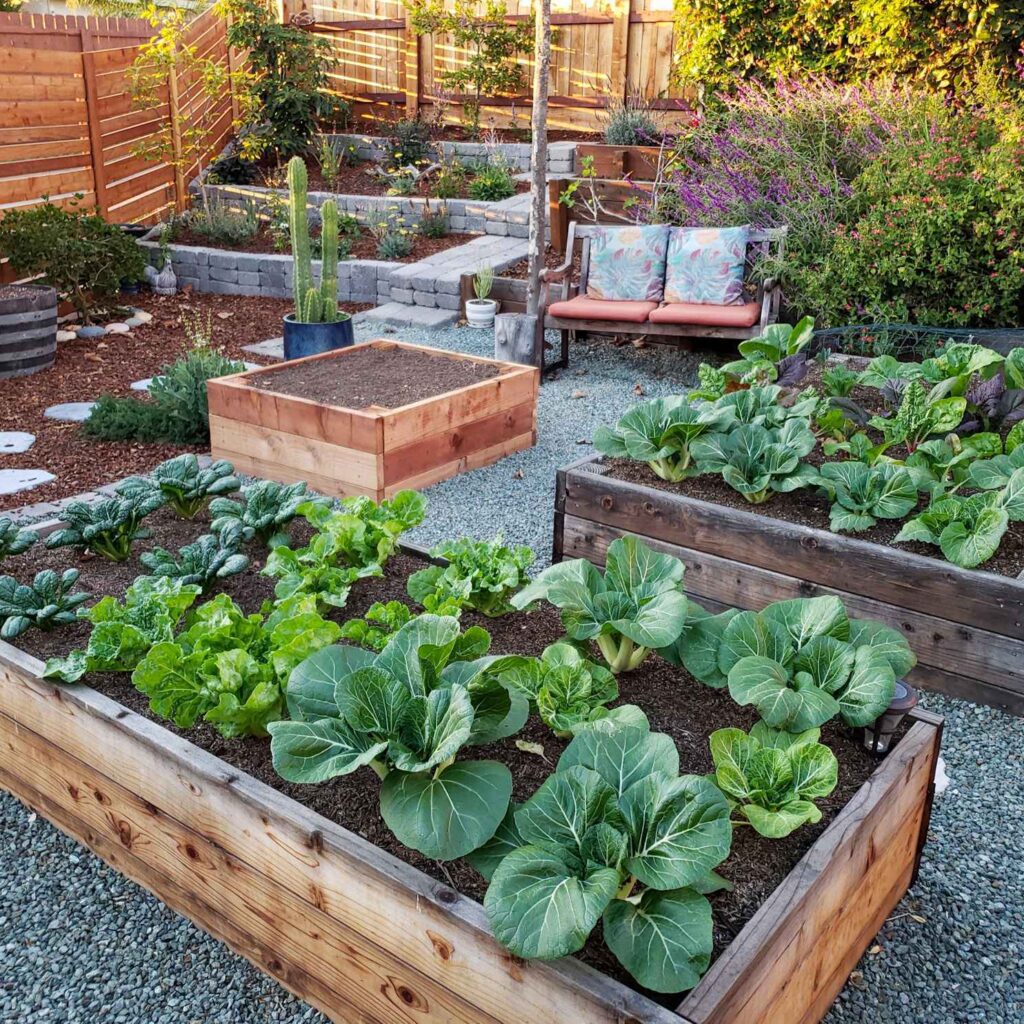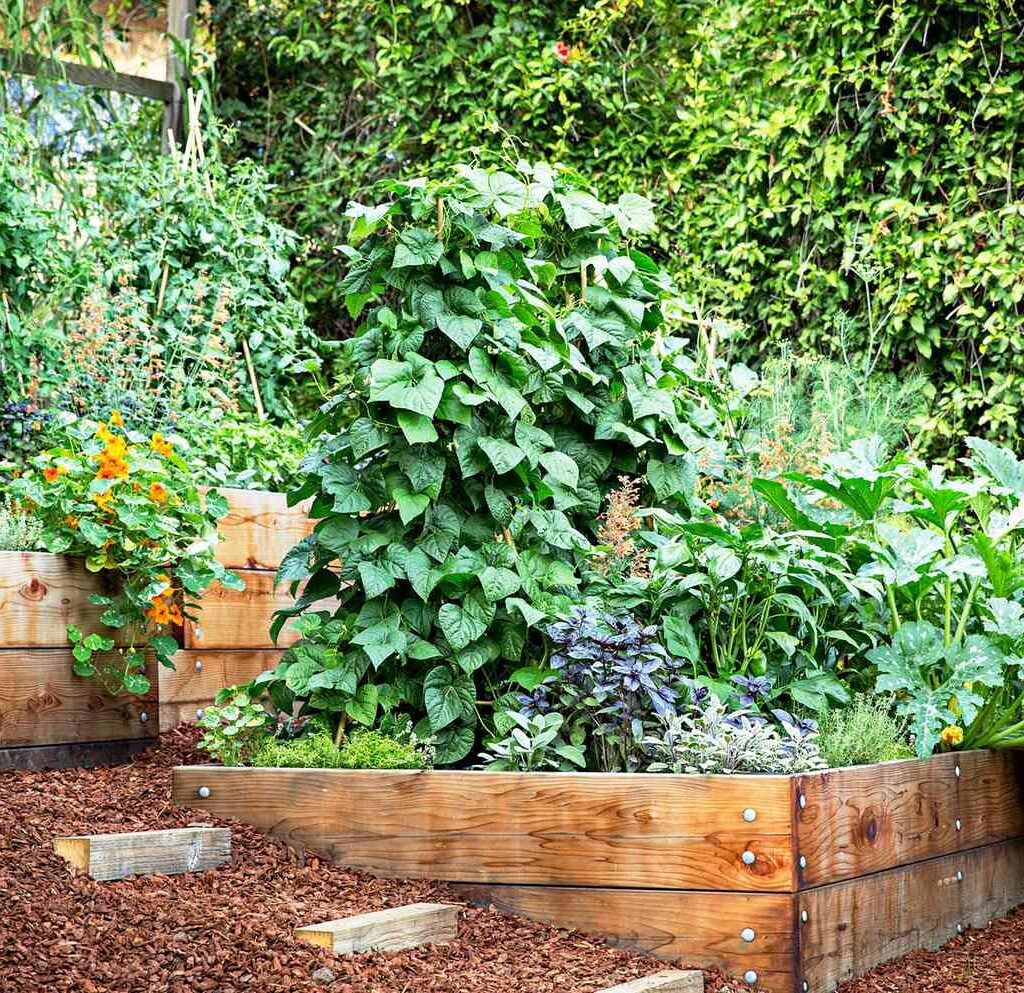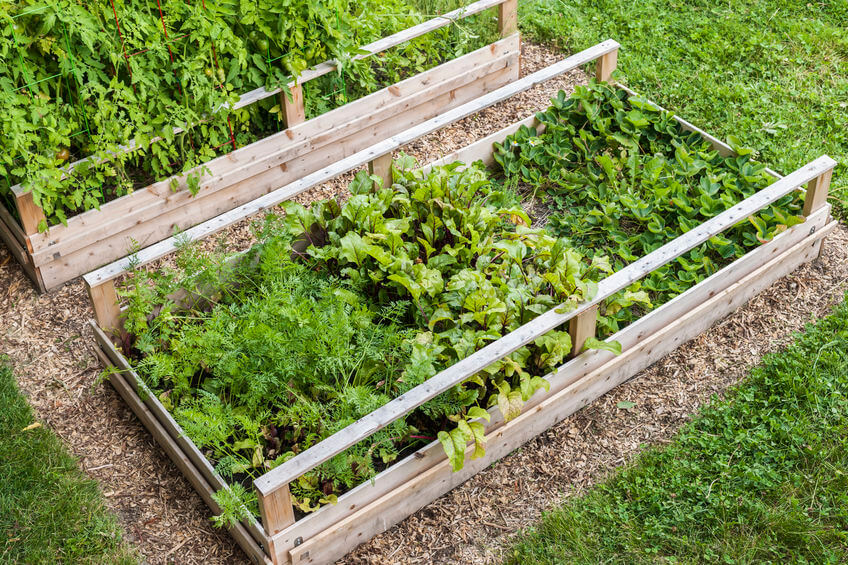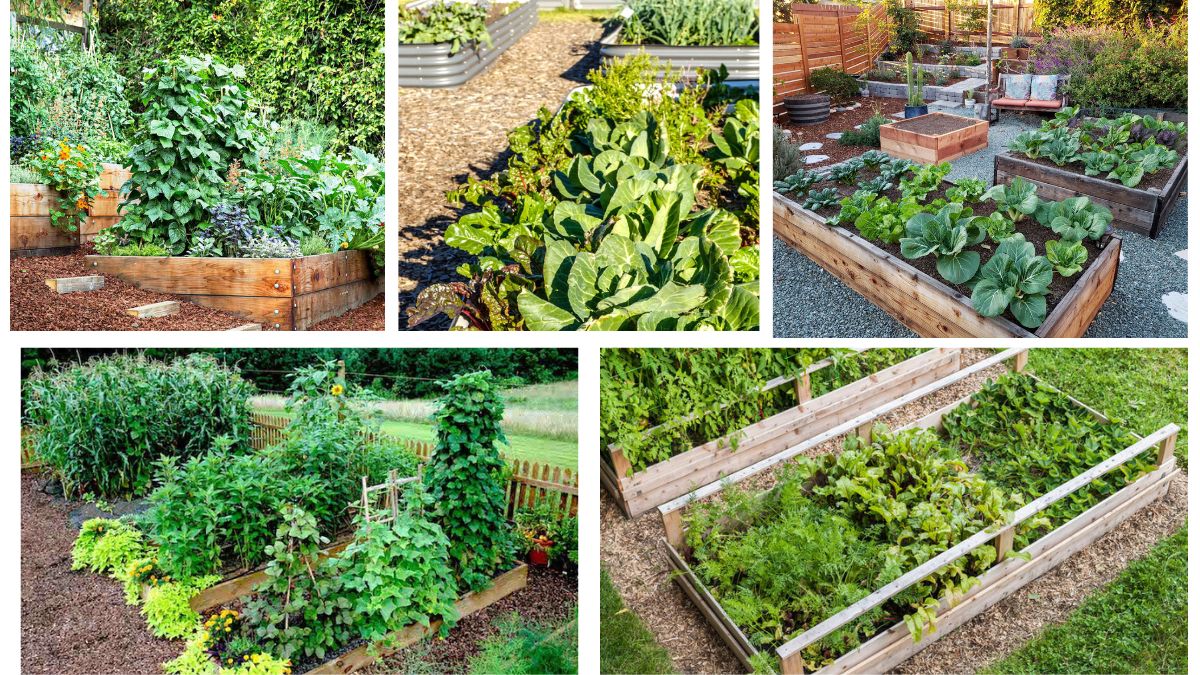Raised bed gardening has gained immense popularity among both novice and seasoned gardeners for its numerous benefits — better soil control, improved drainage, fewer weeds, and ease of maintenance. One of the most frequent questions beginners ask is: how many vegetables can be grown in a raised bed?
The answer depends on several factors, including the size of the bed, the types of vegetables you wish to grow, their spacing requirements, and your chosen planting technique. By understanding these elements and applying efficient layout strategies, you can maximize the productivity of your raised garden beds and enjoy a bountiful harvest.
In this article, we’ll explore how to determine the number of vegetables that can thrive in a raised bed, popular spacing guides, layout plans, and tips for optimizing your space for a continuous, abundant harvest.
Benefits of Growing Vegetables in a Raised Bed

Before diving into plant numbers, it’s important to understand why raised beds are an ideal option for vegetable gardening:
- Better soil quality and drainage
- Warmer soil earlier in spring
- Fewer weeds and soil-borne pests
- Easier on the back and knees due to elevated height
- Control over soil composition and amendments
- Defined space for organized planting
These advantages make raised beds particularly suited for growing a diverse range of vegetables in limited or challenging spaces.
Common Raised Bed Sizes

The number of vegetables you can grow depends largely on the dimensions of your raised bed. Here are some of the most popular raised bed sizes:
- 4 ft x 4 ft (16 sq. ft) — Ideal for small yards or beginner gardeners.
- 4 ft x 8 ft (32 sq. ft) — A standard size offering more planting space.
- 3 ft x 6 ft (18 sq. ft) — Suitable for narrow spaces or patios.
- 4 ft x 12 ft (48 sq. ft) — Great for larger gardens or intensive planting.
Tip: Most gardeners avoid beds wider than 4 feet so they can reach the center from either side without stepping on the soil.
How to Calculate Vegetable Numbers per Raised Bed

To determine how many vegetables you can grow in your bed:
- Check each plant’s recommended spacing.
- Divide the total square footage of the bed by the area each plant requires.
- Apply square-foot gardening or row planting techniques.
Example Plant Spacing Guidelines
| Vegetable | Spacing per Plant (inches) | Plants per Square Foot |
|---|---|---|
| Lettuce (leaf) | 4 | 9 |
| Carrots | 3 | 16 |
| Radishes | 3 | 16 |
| Beets | 3 | 16 |
| Spinach | 4 | 9 |
| Bush Beans | 6 | 4 |
| Peppers | 12 | 1 |
| Tomatoes (staked) | 18-24 | 1 per 2-4 sq. ft |
| Cucumbers (trellised) | 12 | 1 |
| Zucchini | 24 | 1 per 4 sq. ft |
Note: These are average guidelines — always check your seed packet or plant label for specific spacing recommendations.
Square-Foot Gardening Method

Popularized by Mel Bartholomew, square-foot gardening is a space-saving technique where the raised bed is divided into 1-foot by 1-foot grids. Each square is then planted based on how much space a particular vegetable needs.
Example: In a 4 ft x 4 ft bed (16 squares):
- 16 carrots in one square
- 9 lettuce plants in another
- 4 bush beans in one square
- 1 tomato plant in 4 combined squares
This method makes planning and planting straightforward while maximizing yield in small areas.
Estimated Number of Vegetables per Raised Bed

Here’s a practical estimate for a 4 ft x 8 ft (32 sq. ft) raised bed using square-foot gardening principles:
- 64 carrots
- 36 radishes
- 16 lettuce (leaf)
- 8 bush beans
- 4 cucumbers (trellised)
- 2 staked tomatoes
- 2 zucchini (at 4 sq. ft each)
Or mix and match according to your preferences and seasonal timing.
Companion Planting to Maximize Space
By combining compatible plants that support each other’s growth, you can fit more vegetables into your raised bed without overcrowding.
Examples:
- Plant carrots under tomatoes (carrots tolerate shade, tomatoes benefit from loosened soil).
- Grow basil beside tomatoes to deter pests and improve flavor.
- Lettuce and radishes can be interplanted and harvested early before larger plants, like peppers, need extra space.
Companion planting not only optimizes space but also enhances soil health and natural pest management.
Succession Planting for Continuous Harvest
Once one crop is harvested, replace it with another suitable vegetable for that season — known as succession planting. This maximizes yield from the same bed over the growing season.
Example:
- Early spring: Spinach, radishes, lettuce
- Summer: Tomatoes, bush beans, cucumbers
- Fall: Carrots, kale, beets
This way, you’ll effectively grow far more vegetables per year in the same raised bed footprint.
Tips to Maximize Your Raised Bed Yield
- Trellis climbing plants like peas, cucumbers, and pole beans to free up ground space.
- Use vertical supports for tomatoes to avoid sprawling.
- Practice crop rotation between growing seasons to maintain soil fertility.
- Amend soil regularly with compost or organic matter to support dense planting.
- Use drip irrigation or soaker hoses to efficiently water closely spaced plants.
Common Mistakes to Avoid
- Overcrowding plants restricts airflow, invites disease, and reduces harvest size.
- Neglecting plant height differences can lead to shading smaller plants.
- Ignoring companion planting rules may pair incompatible species, hampering growth.
- Using poor soil or inadequate drainage can stunt growth in densely planted beds.
Conclusion
So, how many vegetables can be grown in a raised bed? The answer depends on bed size, plant spacing needs, growing technique, and seasonality. By applying the square-foot gardening method and companion planting principles, even a modest 4 ft x 4 ft bed can produce dozens of vegetables per season.
Key takeaways:
- Know your vegetable spacing requirements.
- Divide your bed into grids or rows for organized planting.
- Combine quick-growing, compact, and vertical plants strategically.
- Use succession planting and companion planting to maximize harvests.
- Adjust plans seasonally for year-round productivity.
With thoughtful planning and smart techniques, your raised bed can become a thriving, efficient space capable of supplying fresh, healthy vegetables for your kitchen throughout the growing season.





